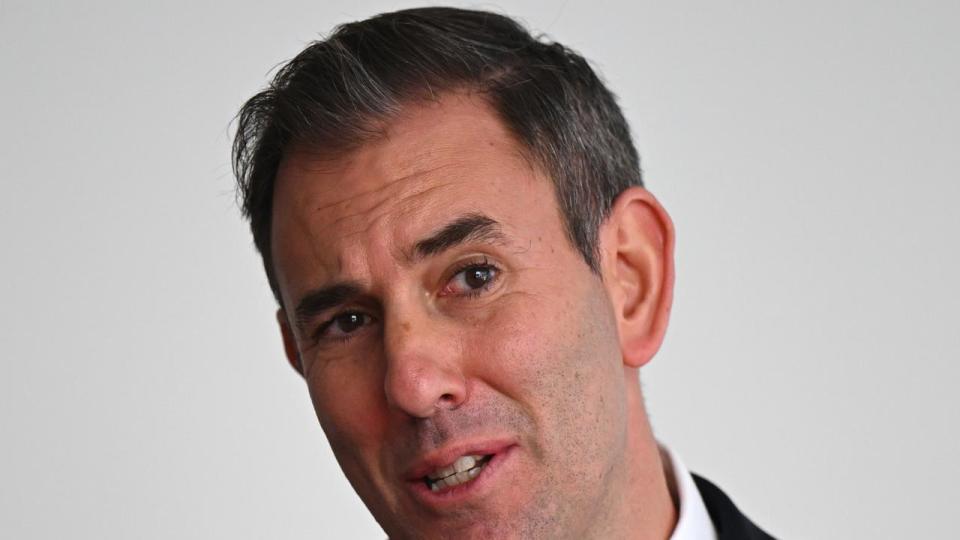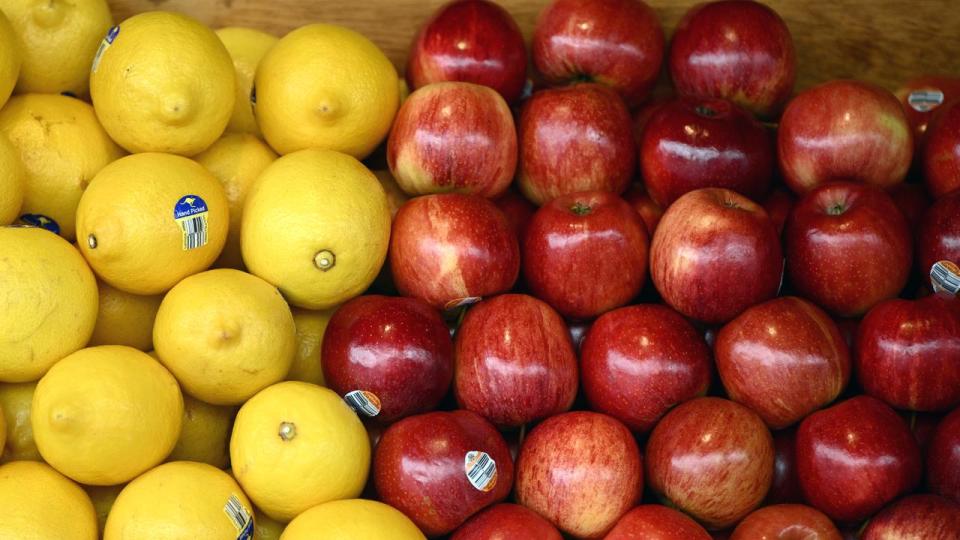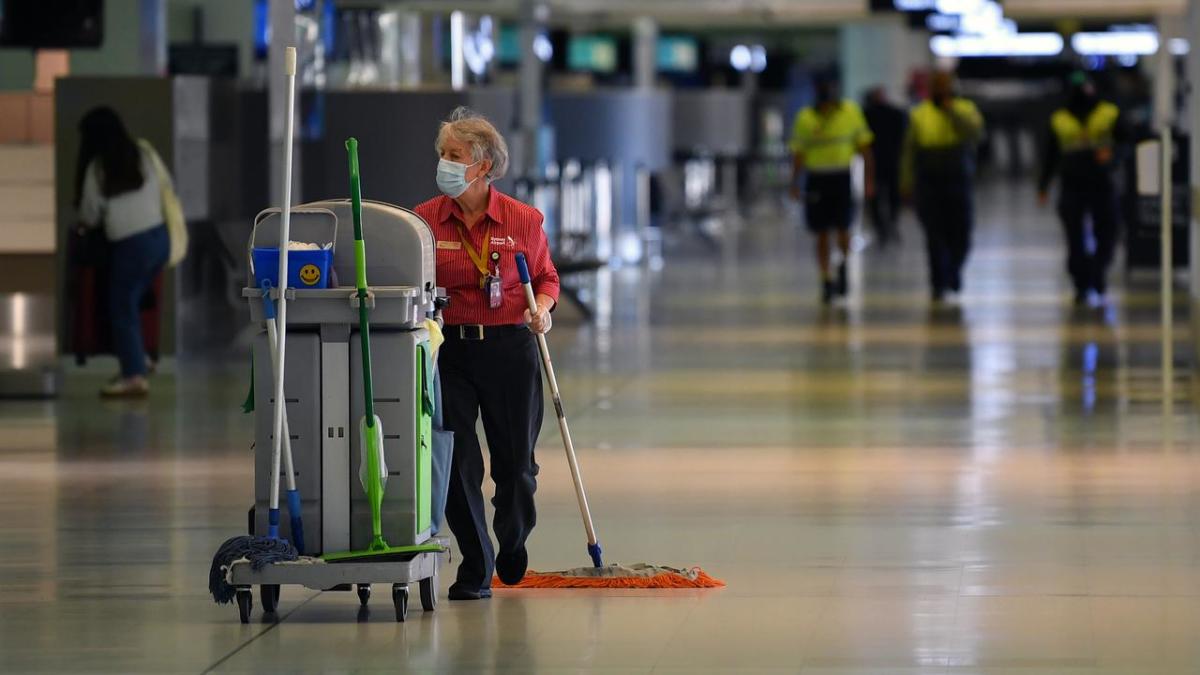Lifting the minimum wage will help chip away at the pay gap between men and women in Australian workplaces, the federal government says.
In its formal submission to the Fair Work Commission’s (FWC) annual review of minimum and award wages, the Labor government said women were disproportionately represented in low-paid and award-reliant jobs.
Roughly three in five award-reliant employees are women and they are still more likely to be working in lower paid industries.
“Increases in the minimum wage are likely to decrease the gender pay gap and increase the incentive to enter the workforce or work more hours,” the submission read.
“This may in turn, raise the participation rate for women.”
The minimum wage is $23.23 per hour or about $45,900 a year.
The FWC is required to factor gender equality into account when reviewing and setting minimum wages.
Australia is making progress on closing the gender pay gap, with the 12 per cent difference at the moment the lowest on record and well below the most recent peak of 18.7 per cent in November 2014.
The government wage review submission confirmed it was sticking with the same recommendation as the past two decisions, calling for the real wages of low-paid workers to not go backwards.
Yet it was deemed important to “balance all the risks” when making the call, including shifting macroeconomic conditions.
“While inflation remains the primary challenge in the economy, the balance of risks is shifting from inflation to growth – with global uncertainty, high but moderating inflation and higher interest rates weighing on consumption and economic activity,” the submission read.
Minister for Workplace Relations Tony Burke and Treasurer Jim Chalmers said people were still doing it tough in the face of cost-of-living pressures.

“Low-paid workers – who are disproportionately women – are particularly affected by cost-of-living pressures because they typically do not have savings to draw on to cover rising costs,” they said in a statement.
“Our government’s support for low-paid workers in the annual wage review has been an essential part of returning to real wages growth.”
The Australian Council of Trade Union also hopes for a wage decision that will allow workers to get ahead, recommending a five per cent increase.
Yet employer groups warned the five per cent increase would push up prices and put businesses and jobs under pressure.
The Australian Chamber of Commerce and Industry is recommending an increase of no more than two per cent and the Australian Industry Group would prefer less than a 2.8 per cent lift.
Peak industry body for the Australian vegetable and potato industries AUSVEG said its sector would be challenged further by any rise in the minimum wage.


“Wages are a significant factor in most vegetable farm input costs due to the heavy reliance on labour to harvest crops,” AUSVEG’s submission read.
“The consequences of additional wage increases are likely to lead to a decline in fresh vegetable production, with negative flow on effects to Australian consumers.”
The body went on to note Australia’s minimum wage is already the higher than other OECD countries including the United Kingdom, United States and Canada.















